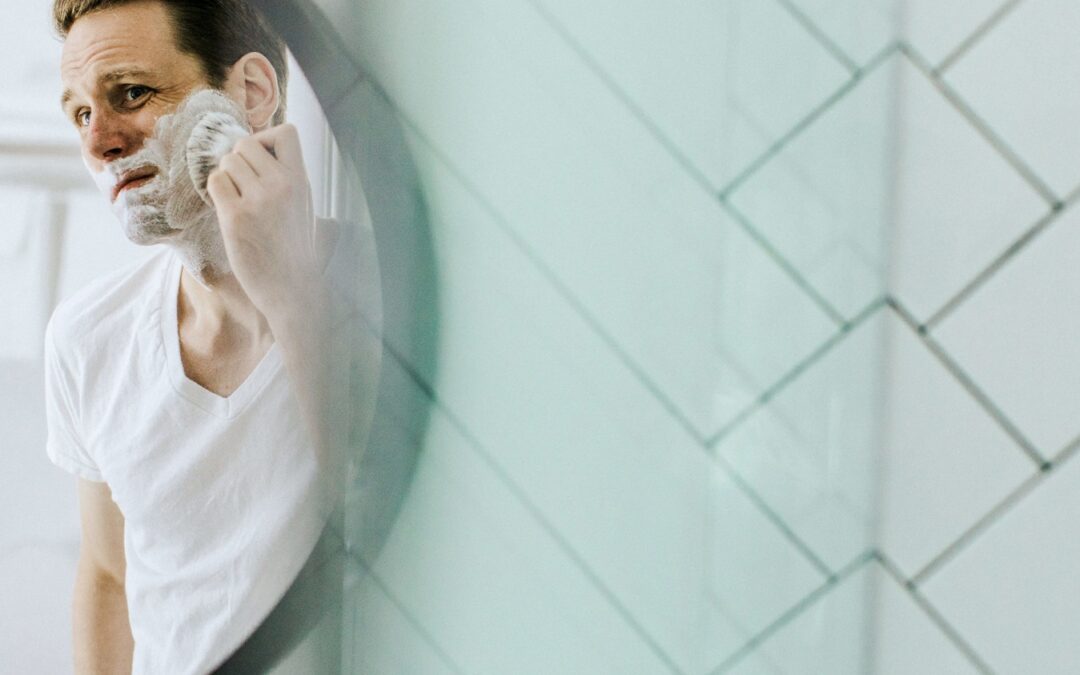Building a new bathroom or updating your existing one can be exciting … and a little daunting. Choosing bathroom tiles is not a straightforward task. With so many types, styles and sizes of tiles to choose from, you can end up feeling overwhelmed.
I think we all have a picture in our mind of what we would like our ideal bathroom to be. It can be quite a different story when you get to the tile shop though. It is easy to be completely confused by the range of tiles in front of you.
As plumbers, we see a lot of bathrooms. We’re not going to pretend we’re interior decorators by any stretch of the imagination, (after all, our plumbers are blokes). However, we do know what we like, and we do know when something works. And when it doesn’t.
So, using our years in the bathroom and expert help from those who know best (our partners), we have put together this guide to help you choose the right bathroom tiles. There are some general rules that can help make all those decisions easier. So, we hope that our tips on what not to do and what to avoid doing with tiles might be helpful.
Tips on bathroom tiles
Texture and finish
- Smooth tiles like glazed ceramic or porcelain are some of the most popular options. Rough-surfaced tiles can easily trap dirt. Generally speaking, tiles made out of marble, limestone, travertine, wood-look tiles, and cork materials are not resistant to staining and moisture. If you have a very busy family bathroom, or you live with a plumber, it might be best to avoid these.
- When it comes to smooth tiles, you can choose from various finishes, such as matt, satin, semi-gloss, gloss, and high gloss.
- Gloss and high gloss tiles are easy to clean and are good reflectors of light. As they make a room appear bigger and brighter, they are a popular choice for bathroom walls. However, because they are reflective, watermarks, fingerprints, dust, dirt, etc show up easily so they need more regular cleaning than satin and matt tiles.
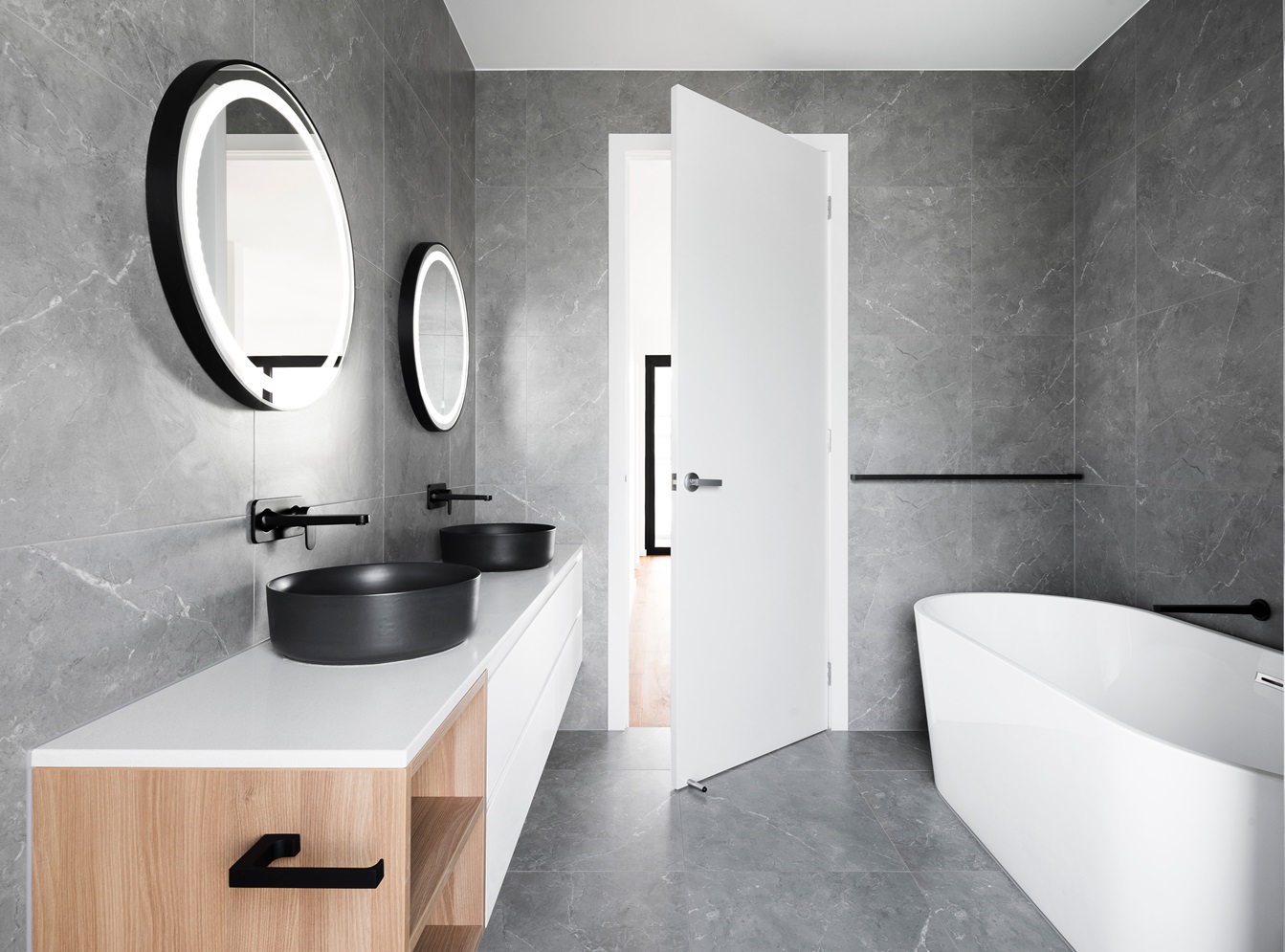
- It is not advisable to use gloss glazed tiles on floors in wet areas: they get slippery.
- Satin tiles are low sheen but have a slightly glossier glaze than matt tiles. They are easier to clean than high gloss tiles, yet because they reflect light, they are a good choice for darker areas and can be used in wet areas.
- Matt tiles are slip-resistant and hide water spots, dust, and dirt effectively, making them ideal for floors in wet areas. They combine well as a floor tile with gloss wall tiles, although they are often used in larger-sized bathrooms on both walls and floors to create a more natural or rustic look. They are very easy to clean.
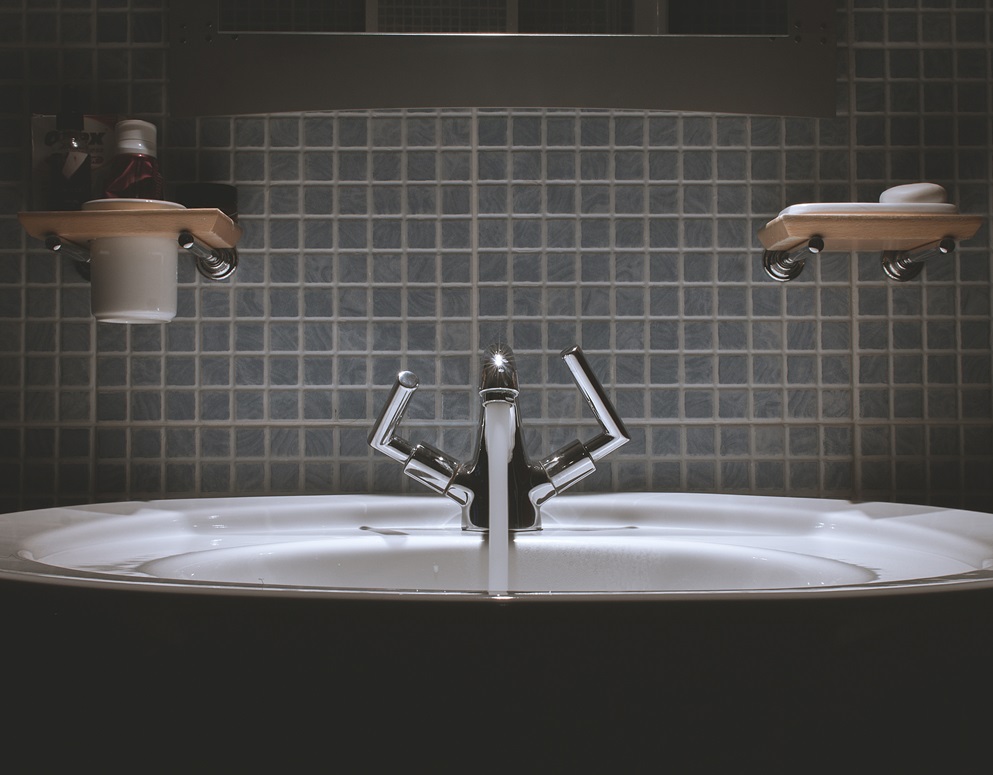
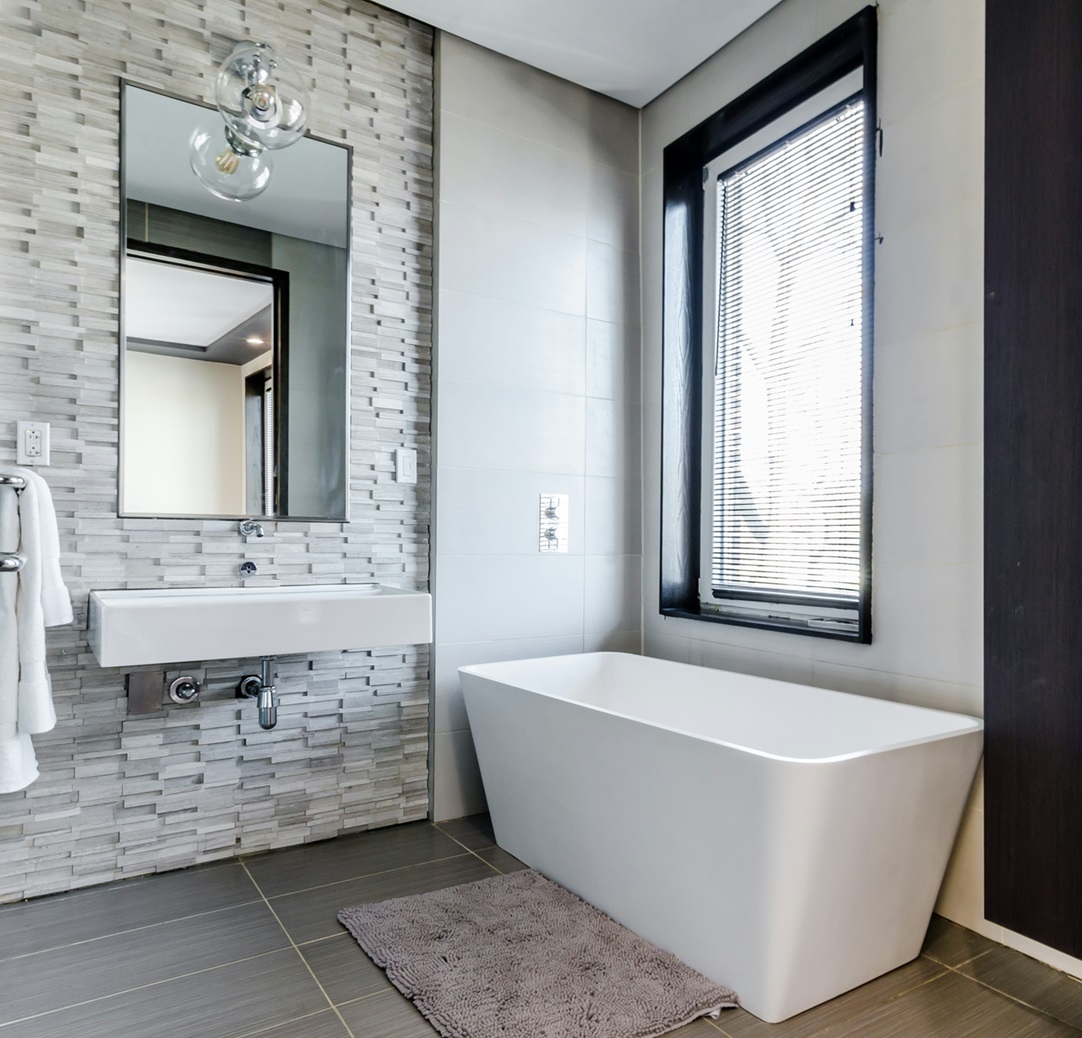
Choosing the right tile size for your bathroom
- Tile size can significantly impact the overall look and feel of the space. Larger tiles often create an illusion of a more spacious room.
- In general, the larger the room, the larger the tile, so it is best to use small tiles in a small space.
- Large tiles work perfectly for the floor.
- Larger tiles create a sense of continuity and spaciousness and can make a small room appear larger as they reduce the number of grout lines. When choosing larger tiles for a smaller bathroom though, you must be careful that you can fit the majority of tiles without cuts.
- Small mosaic tiles are perfect for compact areas like splashbacks and toilets. They add intricate detail and visual interest to confined spaces.
- But be warned. Mixing tile patterns, shapes and colours, when done correctly, can look fantastic. But if you have a larger bathroom, we don’t think every centimetre of the walls needs to be tiled, especially on areas where it unlikely to get wet. Consider using wallpaper or paint to add warmth, colour and texture and avoid going overboard with tiles.
- Remember, a feature in your bathroom doesn’t have to limited to just tiles.
Colour
- Light-coloured tiles in small rooms create an illusion of expansiveness, while darker tiles can make larger rooms feel more intimate.
- Natural colours give a feeling of calm while bold colours give the room a more dramatic appearance.
- Wall tiles are usually the primary or base colour. If your bathroom is smaller, it is best if your primary tile colour is lighter. Light-coloured neutrals are perfect in smaller bathrooms as they are timeless and give the bathroom the appearance of being larger.
- However, light colours accent the dirt and grime, unlike dark tiles which can hide it more easily.
- If your bathroom is dark with little natural light, lighter-coloured tiles will brighten the space as they are more reflective. On the other hand, if your bathroom gets loads of natural light, particularly direct sunlight, high-gloss tiles may be too glary. So, a semi-gloss or satin might be a better alternative.
- Using the same floor tiles on the walls creates cohesion but you must make sure they are suitable for both floor and wall use.
Feature tiles
- Used to give your bathroom its “wow factor”, a featured tile can be any type of tile that appeals to you. You can go with mosaics, stone tiles or the brightly coloured tile that first caught your eye when you walked into the shop.
- If you opt for neutral base tiles, it would be good to have some detail like mosaic or decor appear in the bathroom that will visually break the monotony.
- Feature tiles can be used on an entire wall just part of it. Most commonly they are used on the wall where the vanity or bath is to be installed or in the shower recess. They look amazing inside niches above baths and in shower recesses.
- We think it is better to restrict patterned tiles to just one surface: either the floor or a feature wall so they take centre stage.
- A room full of glossy sleek tiles could look very chic and modern, or it could create a cold, uninviting ambience. So, use textured tiles for your features.
- Texture can make a sterile bathroom into a vibrant and welcoming space. The tiles can be ribbed, geometric, kit-kat or split-faced tiles. A shaped tile or visually textured designs with plenty of tonal variation and movement also work well.

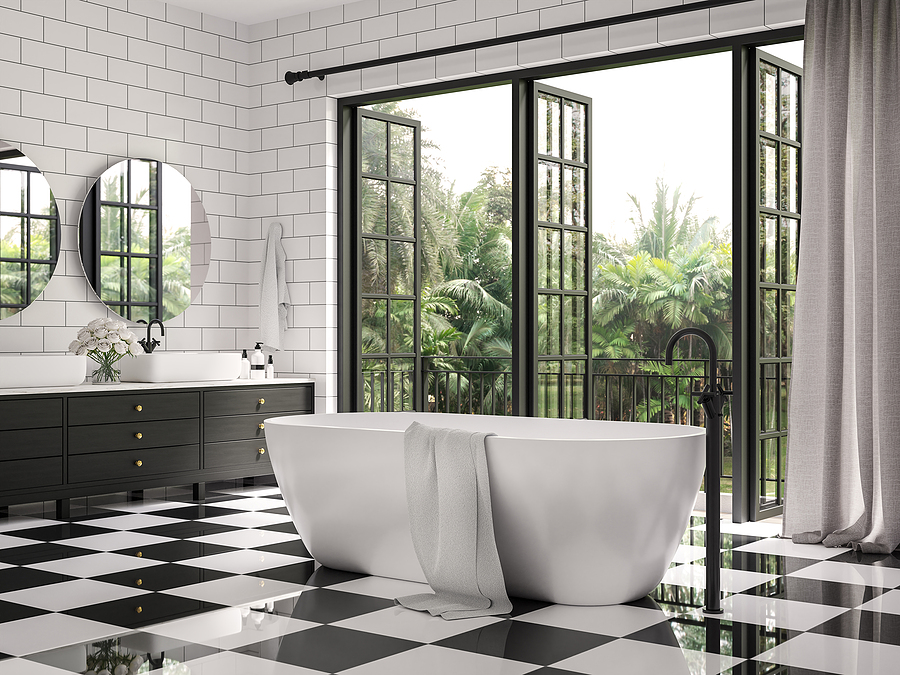
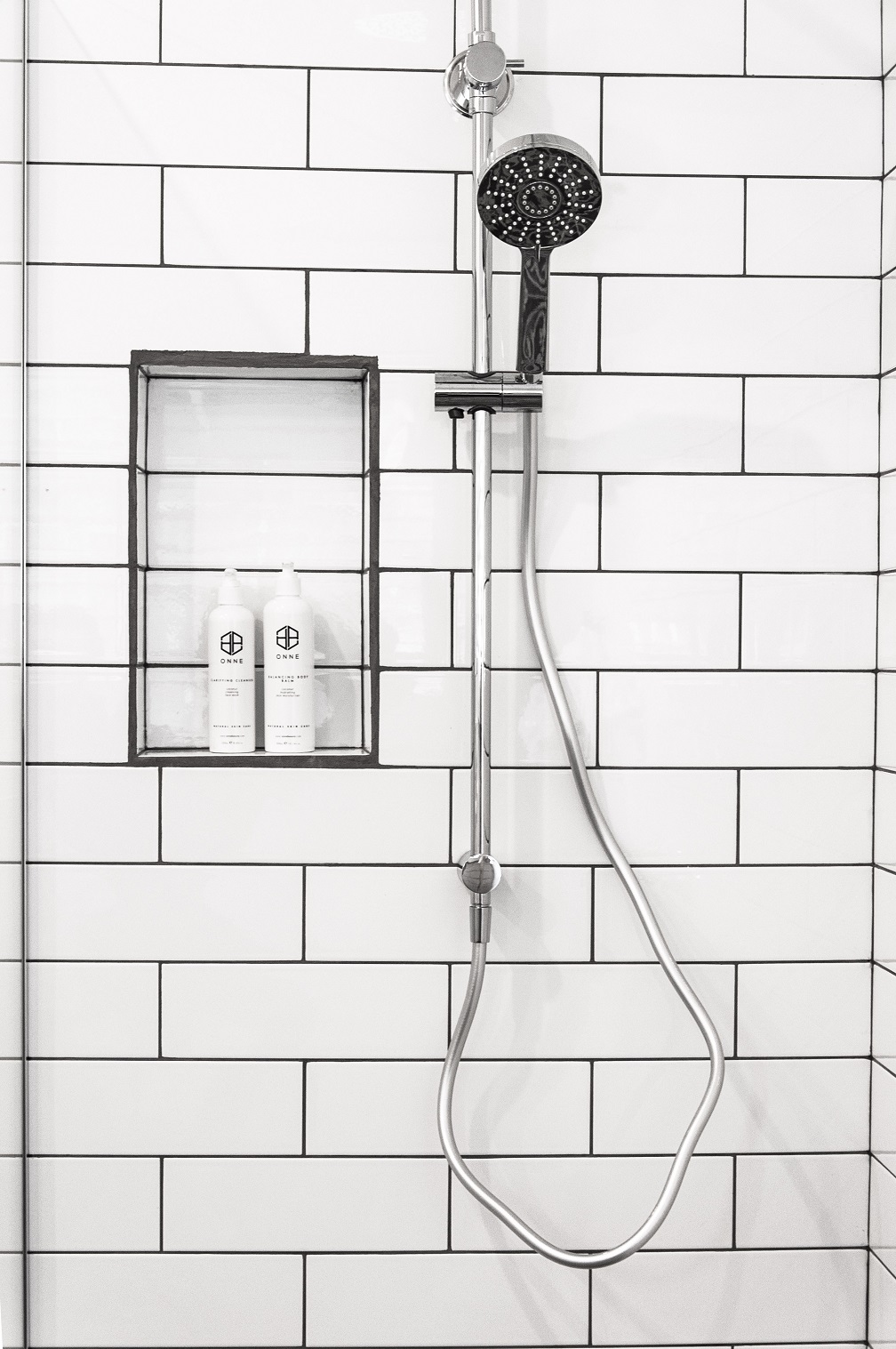
How to choose grout colours
- Grout colour is also responsible for the overall look and feel of the room, so choose your grout colour wisely.
- Grout colour doesn’t always have to match the tile and you can use it to either emphasise tile layout and give the room a more dramatic effect or create a subtle effect.
- Matching colours gives a more cohesive look, while using a different colour adds definition to the tiles.
- If you want to highlight some of the colours in the tiles, make the grout with the accenting colours or use a darker shade. And if you are unsure of what to do and don’t want to go with white, then choose a safe neutral colour like grey, beige, or cream.
- Dark grout can more easily hide typical stains, whereas lighter colours need more maintenance.
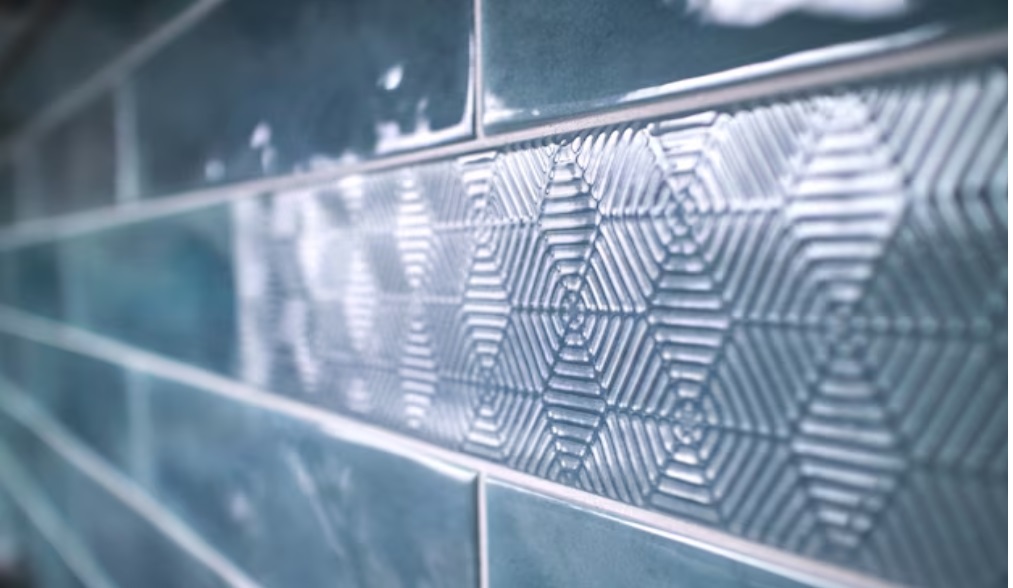
The right bathroom tiles for that ‘wow factor’
Choosing bathroom tiles is not a straightforward, box-ticking process. If you’re doing a bathroom renovation or a new build, you have to carefully consider a raft of elements, from room size and natural light to tile texture and maintenance requirements. Whether you opt for large tiles to create a sense of spaciousness or choose complementary colours and finishes, the key lies in finding a balance between aesthetic appeal and practicality. Remember though, there’s no one-size-fits-all approach, and at the end of the day, it’s your bathroom!

